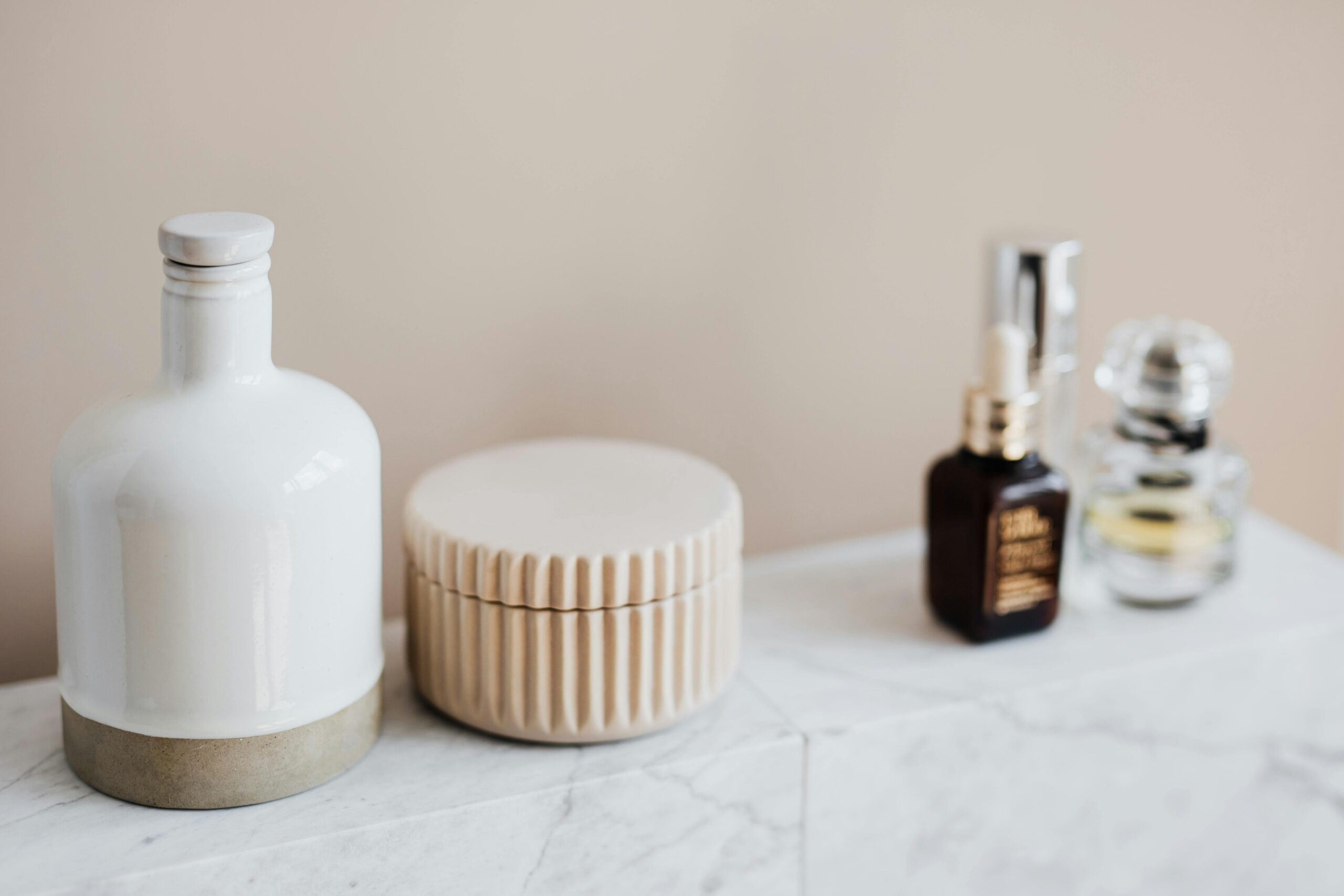Introduction
Perfume is more than a pleasant aroma — it’s a personal statement, an invisible accessory, and an emotional amplifier. Just as the right outfit can transform your confidence, the right fragrance can influence your mood, evoke cherished memories, and even affect how others perceive you. Choosing a scent isn’t just about what smells good; it’s about finding a fragrance that harmonizes with your inner state and your outward expression.
This is where perfume language becomes essential. Understanding the vocabulary of fragrance — from top notes to accords, from citrus freshness to woody depth — allows you to select perfumes with intention. Whether you want to channel energy, romance, confidence, or calm, there’s a scent that can help you embody that mood.
In this guide, we’ll explore the art of matching perfume to mood, the emotional impact of different fragrance families, and why certain classics — like classic chypre fragrances — remain timeless mood-setters.
The Emotional Connection Between Scent and Mood
The human sense of smell is directly linked to the brain’s limbic system, which governs emotions and memory. This explains why a whiff of a childhood perfume or the scent of fresh rain can instantly transport you to another time and place.
How Scents Influence Emotions
- Citrus notes like lemon, bergamot, and orange often evoke energy, positivity, and freshness.
- Floral notes such as rose, jasmine, and iris can convey romance, femininity, and elegance.
- Woody notes like sandalwood, cedarwood, and vetiver often evoke strength, grounding, and sophistication.
- Oriental notes with spices, amber, and resins bring warmth, sensuality, and mystery.
By learning the perfume language — understanding how each note affects your mood — you can tailor your fragrance choices to your emotional needs for the day.
Understanding Perfume Language
Just like wine tasting has its own vocabulary, perfumery uses specific terms to describe scent structure and family.
Key Terms in Perfume Language
- Notes – The individual ingredients or scent impressions within a fragrance.
- Top Notes – The first scents you smell; light and volatile (e.g., citrus, herbs).
- Heart (Middle) Notes – The main character of the perfume; emerge after top notes fade (e.g., florals, spices).
- Base Notes – The deep, long-lasting foundation (e.g., woods, musk, amber).
- Accords – Blends of notes that create a unified scent impression.
- Sillage – The trail of scent left behind when you move.
- Dry-Down – The final stage of the perfume’s development on your skin.
Knowing this language helps you read perfume descriptions like a pro, making it easier to pick fragrances that align with your mood.
Classic Chypre Fragrances: Mood in a Bottle
Classic chypre fragrances have a long history of elegance and sophistication. The chypre family is defined by a harmonious blend of citrus top notes, floral heart notes, and earthy-mossy base notes (often oakmoss and patchouli).
Why Chypre Scents Are Mood-Shaping
- They balance freshness and depth, making them versatile for multiple moods.
- Their structured composition conveys confidence and refinement.
- Many classic chypres have a mysterious, almost cinematic quality — perfect for moments when you want to feel poised and in control.
Examples of moods for chypre scents:
- Confident and Commanding: Great for professional meetings or important events.
- Romantic but Reserved: Ideal for evenings where elegance is key.
- Sophisticated and Timeless: Perfect for when you want to channel old-world glamour.
Matching Perfume Families to Your Mood
Below is a mood-based guide to fragrance families, including where classic chypre fragrances fit in.
1. Energized & Uplifted
- Recommended Notes: Citrus (lemon, grapefruit, bergamot), green notes, aquatic accords.
- Mood Effect: Boosts alertness and optimism.
- Examples: Light colognes, fresh eau de toilettes.
2. Romantic & Playful
- Recommended Notes: Fruity florals (peach, pear, rose, jasmine).
- Mood Effect: Creates a soft, approachable, and alluring aura.
- Examples: Modern floral bouquets, fruity-gourmand blends.
3. Confident & Elegant
- Recommended Notes: Chypre accords, woody florals, spicy undertones.
- Mood Effect: Signals authority, sophistication, and mystery.
- Examples: Classic chypre fragrances, woody-oriental blends.
4. Calm & Relaxed
- Recommended Notes: Lavender, vanilla, chamomile, sandalwood.
- Mood Effect: Promotes tranquility and groundedness.
- Examples: Aromatic fougères, warm vanilla scents.
5. Mysterious & Alluring
- Recommended Notes: Amber, oud, patchouli, incense.
- Mood Effect: Deep, hypnotic presence that lingers.
- Examples: Oriental-amber perfumes, smoky blends.
How to Choose the Right Perfume for Your Mood
1. Identify Your Current Emotional State
Ask yourself: Do I need energy or calm? Confidence or comfort? The answer will guide your note selection.
2. Consider the Occasion
Your mood often shifts depending on where you’re going. Daytime scents may lean fresh and light, while nighttime fragrances can be richer and more sensual.
3. Think Seasonally
- Spring: Fresh florals, citrus, light greens.
- Summer: Aquatic, tropical fruits, airy florals.
- Autumn: Spices, woods, classic chypre fragrances.
- Winter: Amber, gourmand, smoky woods.
4. Sample Before You Commit
Perfume interacts with your skin chemistry. Always test and allow the scent to develop fully before deciding.
5. Learn the Perfume Language
Once you can read note pyramids and understand accords, you’ll make choices with precision — matching scent to mood with ease.
Mood-Based Perfume Recommendations
Below are a few suggestions for each mood category:
- For Energy: Dior Eau Sauvage (citrus-aromatic), Jo Malone Lime Basil & Mandarin.
- For Romance: Lancôme Trésor (floral-oriental), Marc Jacobs Daisy.
- For Confidence: Guerlain Mitsouko (classic chypre fragrance), Chanel No. 19.
- For Relaxation: L’Occitane Lavender, Guerlain Tonka Impériale.
- For Mystery: Tom Ford Black Orchid, Yves Saint Laurent Opium.
Conclusion
Choosing a fragrance is a deeply personal art — one that blends self-awareness, emotional intelligence, and a mastery of perfume language. By understanding the connection between scent and mood, you can turn your perfume collection into a toolkit for emotional expression.
From classic chypre fragrances that exude timeless sophistication to fresh citrus blends that awaken your senses, there’s a scent for every emotional state. The key is to listen to both your mood and the message you want to send to the world. After all, your perfume isn’t just something you wear — it’s a part of who you are.
The next time you spritz on a fragrance, ask yourself: How do I want to feel today? Then, let your scent do the talking.



